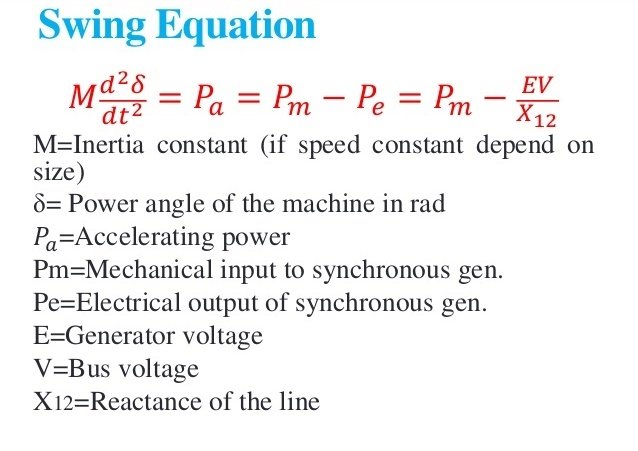Dark
Light
Related Posts
Impact of Leaving Switches On Without Use
An electrical Plug and a socket will have 3 pins- Earth wire- It is a safety wire and…
OHM’s Law: Illuminating the Fundamentals of Electricity
Electricity is an integral part of our modern lives, powering everything from our homes to our electronic devices.…
What Is The Lightning Arrester?
What is The Lightning Arrester? Lightning arresters are devices that help prevent damage to apparatus due to high…
How is The Formation of Arc Between Two Transmission Lines?
Formation of an arc is due to Corona Effect. Theory of corona formation: Some ionization is always present in…









